Blog
Explore the latest in SaaS security, identity trends, expert insights, and Savvy’s solutions for tackling identity and visibility risks.
Subscribe for updates
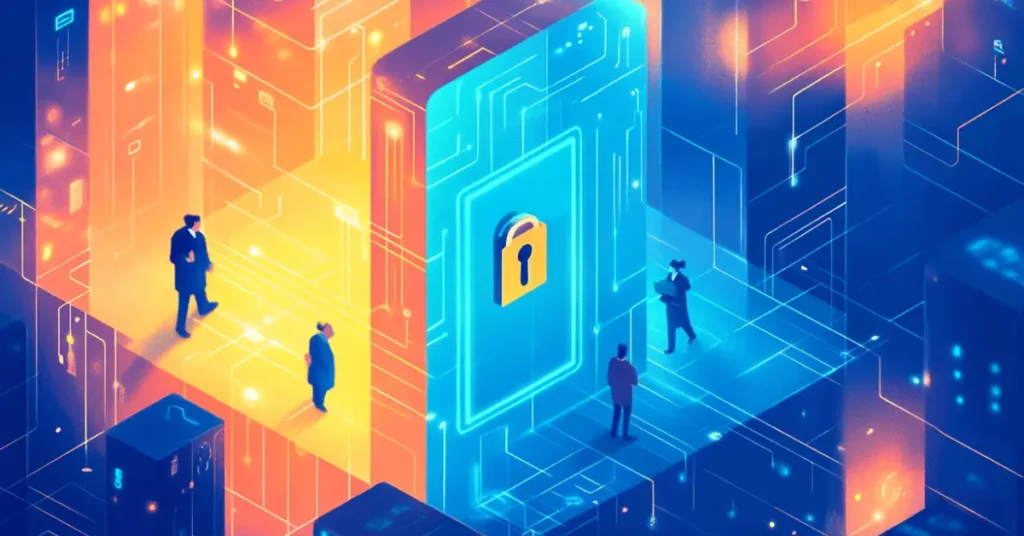
Solving Top IAM Challenges: GCA’s Strategic Approach with Savvy
At GCA Technology Services, a top-rated IAM Professional Services provider in North America as recognized by Gartner Peer Insights, we pride ourselves on delivering successful IAM implementations where others fall short. Our deep understanding of the most common pitfalls allows us to proactively address them, ensuring our clients achieve their security and compliance goals. Recognizing […]

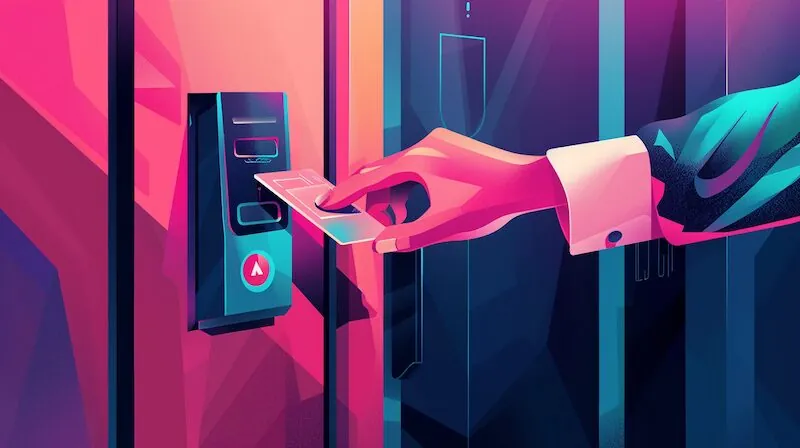
SaaS solutions are at the heart of streamlining operations, enhancing productivity, and driving innovation. However, most organizations have hundreds of these apps, each with a different authentication process and a new set of credentials for users to memorize, leading many to adopt dangerous practices. To address this, many companies find comfort in the security of their Single Sign-On (SSO) solutions, believing they provide a protective blanket over all their SaaS tools.

The recent data breach at Geisinger, a major healthcare provider, underscores the critical risks associated with delayed employee offboarding and unauthorized access. This breach, involving a former employee of Microsoft-owned Nuance Communications, highlights common gaps in identity governance and access administration (IGA) that healthcare organizations should address to protect patient data and maintain trust.

As organizations look to streamline operations and reduce costs, many turn to SaaS (software as a service) apps to provide the needed services without investing heavily in infrastructure. While these solutions are easy to set up and use, many organizations overlook critical steps in securing them using the same diligence they do with other apps. This can lead to what is know in SaaS as, “toxic combinations” that occur when minor identity-related risks combine to create an unacceptable level of risk. This involves scenarios such as an employee reusing the same weak password across multiple critical apps combined with the absence of multi-factor authentication (MFA). It creates the perfect situation for attackers to exploit these security missteps to gain access and escalate their privileges within the system

On June 2nd, Snowflake, one of the most popular data warehouse Software-as-a-Service (SaaS), used by almost ten thousand customers, including AT&T, CapitalOne, Mastercard, and NBC Universal, announced a possible breach via a joint statement with cybersecurity experts CrowdStrike and Mandiant. In this statement, Snowflake discussed the ongoing investigation into a targeted attack campaign against Snowflake and its customers’ accounts that may turn out to be one of the largest data breaches in history.

Artificial Intelligence (AI) has long been discussed as a theory to bolster cybersecurity, and it is now rapidly starting to play an important role. It takes boring and mundane tasks off the plate of analysts, automating them to enhance efficiency. It parses mass volumes of data to predict potential threats, allowing teams to better prepare. Discussions about its impact are becoming increasingly common in security circles. According to industry reports, the adoption of AI in cybersecurity is growing at an unprecedented rate, 57% of organizations having concrete plans to integrate AI into their defense structure.
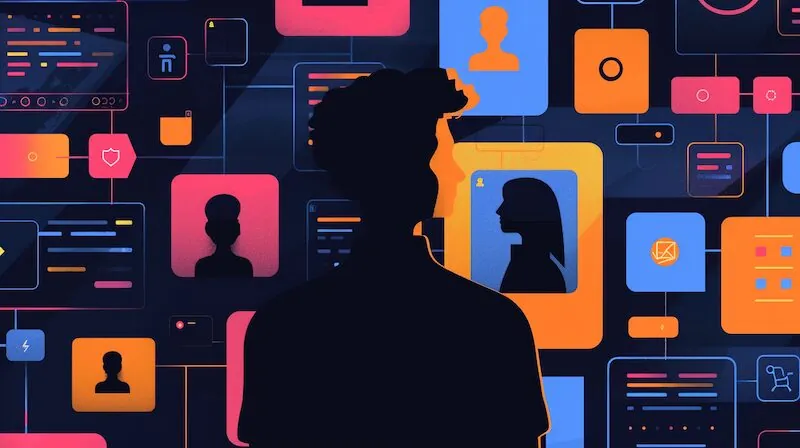
Companies constantly fear the l33t hacker who will bypass all of their security systems with the click of a key. However, the critical but often overlooked truth is that “Hackers don’t hack. Hackers login” is the modern hacker’s approach to breaching security systems. It’s not that hackers can’t create a novel exploit or are lazy; they are simply efficient. Instead of devising complex attacks, hackers can often achieve their goals by stealing passwords and logging in just like legitimate users. This method is significantly easier and faster than trying to penetrate well-fortified defenses.
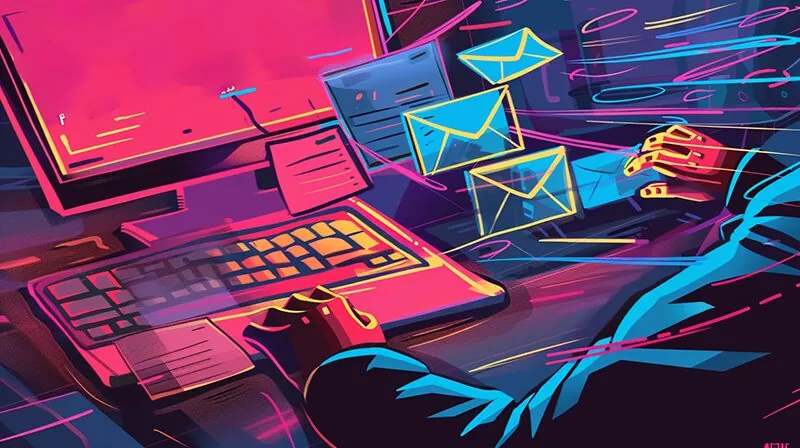
Serial clickers are becoming one of organizations’ most significant security threats today. These unsuspecting individuals inadvertently fall victim to phishing attacks, posing substantial risks to their organizations’ security and well-being. In this blog, we will explore the dangers serial clickers pose, their impact on organizations, and proactive strategies to mitigate these risks.
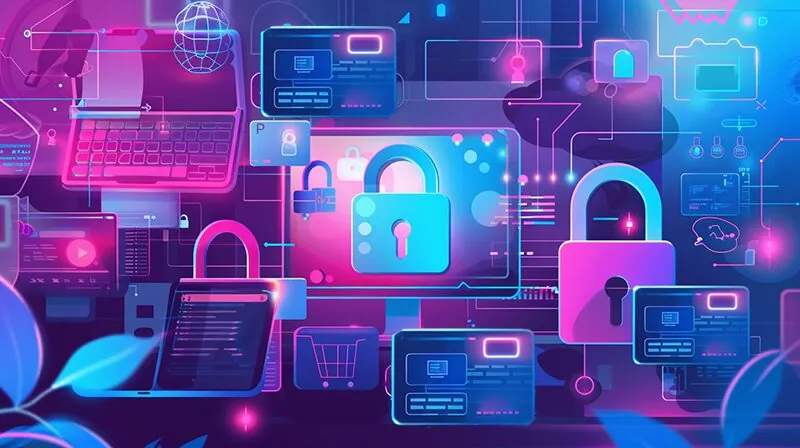
Organizations are concerned about SaaS proliferation and the numerous untracked and unmanaged applications under their IT umbrella. However, this is not the whole security picture, as they already manage, on average, between 300 and 400 sanctioned applications. These applications are generally approved and integrated into the company’s technological framework with the belief that they are fully secured by existing security protocols. They don’t see the underlying problems based on the sensitive data stored in these applications and the complexities of their configurations and integrations.
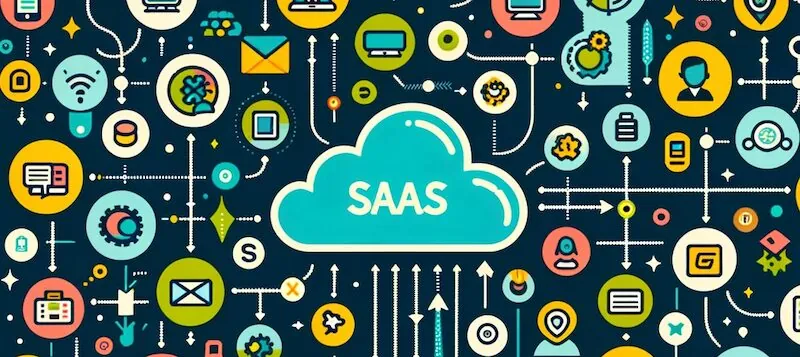
SaaS (software as a service) has become a central part of organizations, with 99% of companies running some SaaS applications. It handles everything from email to accounting to collaboration. Yet, many organizations struggle to understand exactly what applications are a part of their organization. They have no information about who is using them and what sensitive data they contain. This lack of visibility and control exposes organizations to numerous risks, including potential compliance violations, security breaches, and misuse of corporate data.
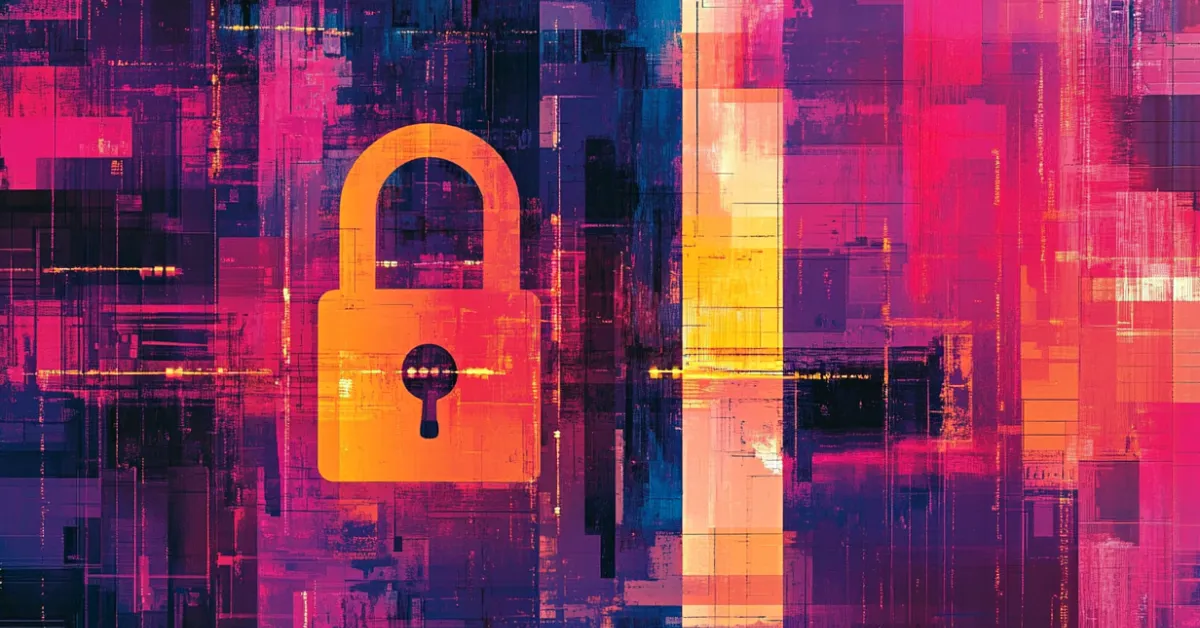
The convenience of Software-as-a-Service (SaaS) applications has revolutionized how businesses operate. Organizations rely on a myriad of SaaS platforms, from communications to project management and beyond, to streamline workflows and enhance productivity. However, this convenience comes with a price, as cyber threats loom more significant than ever, with credential stuffing attacks becoming a primary technique threat actors use to compromise systems.

The recent Change Healthcare breach serves as a stark reminder of the critical role that authentication and access management, as well as application security, play in safeguarding sensitive data and systems. Recent reports suggest hackers compromised credentials for a SaaS app and MFA wasn’t enabled on the account. The absence of multi-factor authentication allegedly left a remote access application exposed and vulnerable to credential compromise. Cybercriminals subsequently loitered on the US health provider’s systems for nine days before stealing data and launching a ransomware attack.

Saas is everywhere, having become a core component of virtually every company’s operations. By the end of 2024, it is predicted that 99% of companies will have at least one SaaS solution, with many enterprises having 364 on average. Despite this proliferation of SaaS, many organizations are unable to say for certain just what SaaS applications, who runs them, and what sensitive data they might contain.

The landscape of business IT is rapidly evolving from traditional infrastructure, all located in a centralized data center, to a hybrid model where cloud-based technologies enhance and accelerate business operations. This change goes beyond hardware assets; it includes the software providing core operational functionality. SaaS (software-as-a-service) has rapidly grown in business operations, with organizations averaging 371 different SaaS applications.

Navigating the evolution of enterprise technology in today’s rapidly evolving digital landscape, enterprise technology is undergoing a significant transformation. Gone are the days when IT decisions were solely the responsibility of the IT department. Instead, business units are increasingly taking the lead on technology initiatives, ushering in an era of what is now termed Business-Led IT.
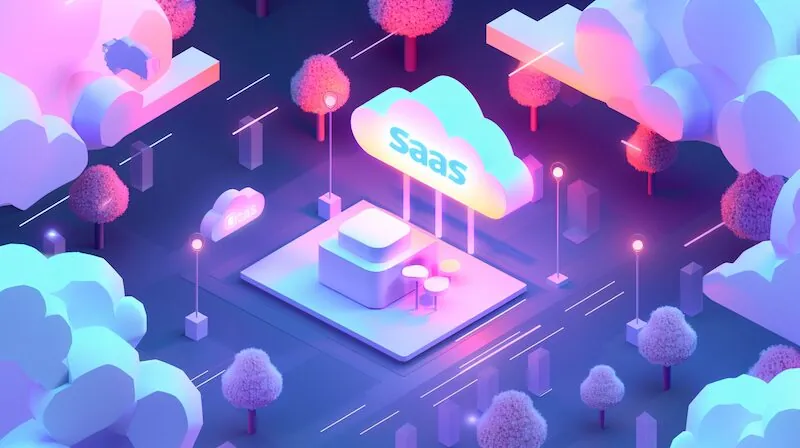
In today’s cloud-first world, Software as a Service (SaaS) applications have become the backbone of modern business operations, offering flexibility, scalability, and convenience. However, as organizations increasingly rely on SaaS apps to drive productivity and collaboration, managing identities and access permissions across these diverse platforms becomes a critical challenge. As cloud adoption and digital transformation have accelerated over the last few years, so has application sprawl, with the average company having a whopping 254 SaaS apps (with enterprises averaging 364 apps). This has increased from 110 SaaS apps in 2021. SaaS is projected to make up 85% of the software organizations use by 2025 compared to 70% in 2023, according to The State of SaaS 2023 study.